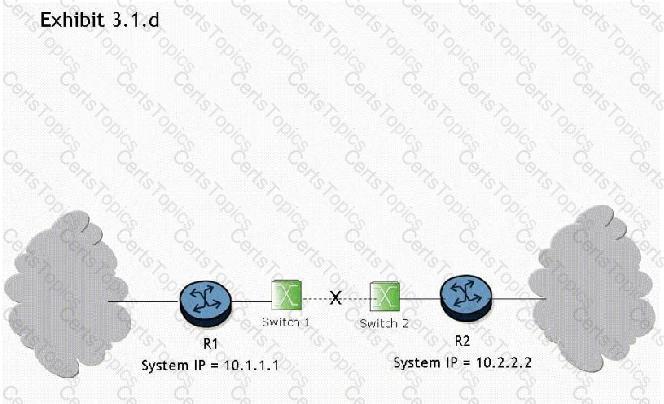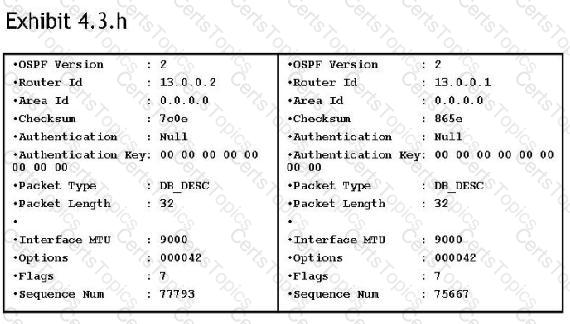Comprehensive and Detailed Explanation From Exact Extract:
From the official Nokia OSPF Routing Protocol Training Guide (Nokia document OSPF‑SG‑2024, Topic 1, Section 1.2 Static Routing Scenarios):
“In a hub‑and‑spoke static routing topology—such as a corporate head office with multiple subnets and a branch with a single WAN link—the head‑office router is configured with precise static entries for each branch network, while the branch router is given a default static route pointing to the head‑office router.”
This topology matches the described scenario:
The head office router must know how to route traffic to each part of the branch (more specific static routes).
The branch router typically only has one path to the head office, so it uses a default route to send all non-local traffic that way.
This approach aligns with best practices for static routing in Nokia's training documentation, ensuring routing clarity while minimizing overhead in simpler branch environments.
Additionally, in Tab 3 of the Nokia Configuration Handbook for Static Routes, this model is explicitly recommended for stub networks:
“Hub router holds full route table entries; spoke routers use default gateways.”

